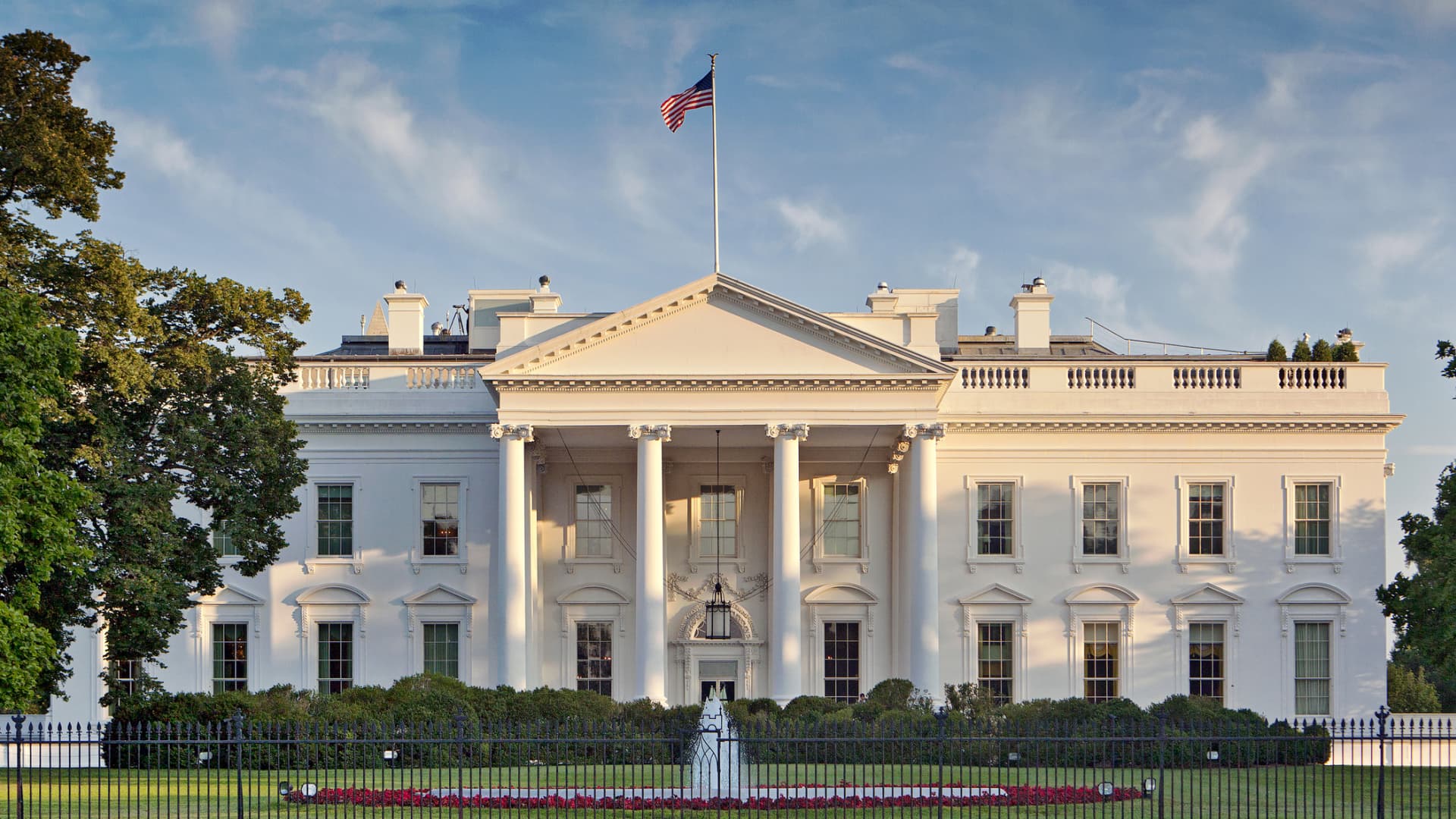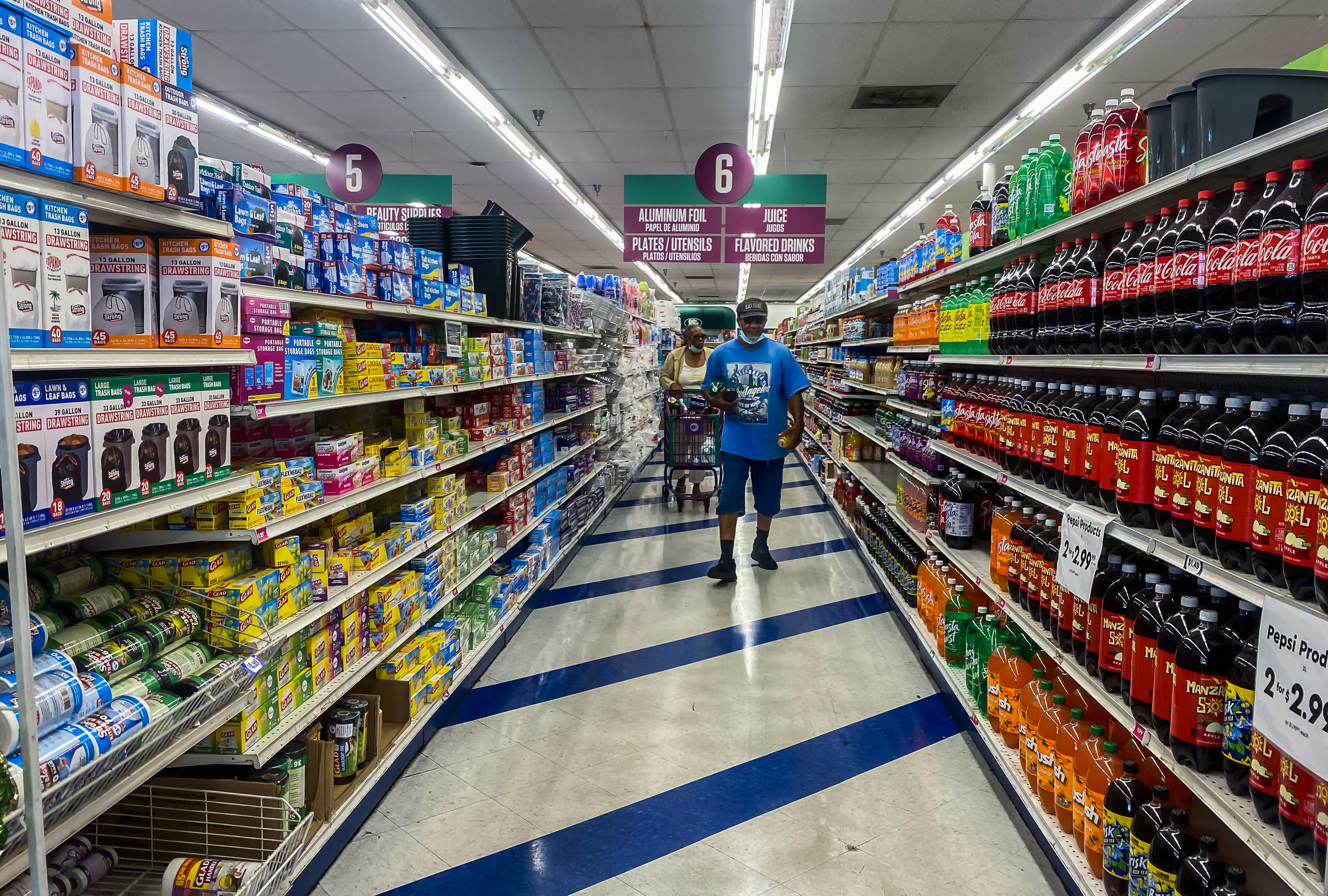Here’s everything we know (so far) about Biden’s student loan forgiveness plan


In the two weeks since President Joe Biden made his announcement on federal student loan forgiveness, many new details have emerged on how the historic plan will work, including who qualifies for it and when borrowers may see their balances reduced.
Meanwhile, news last week that some Republicans could try to bring a legal challenge against the policy means the relief could be thrown in jeopardy.
Despite the uncertainty, borrowers should still stay updated on the process and take all the necessary steps, said higher education expert Mark Kantrowitz.
More from Personal Finance:
Biden cancels $10,000 in federal student loan debt for most borrowers
Timeline: Key events on the path to student loan forgiveness
Student loan payment pause extended through December. What to know
Here’s what President Biden’s student loan forgiveness means for your taxes
Student loan forgiveness plan draws pushback from some lawmakers, groups
“Borrowers should apply for forgiveness and be cautiously optimistic,” Kantrowitz said.
Here’s what else we know so far.
How much debt is getting canceled?
Biden announced last month that most federal student loan borrowers will be eligible for some forgiveness: up to $10,000 if you didn’t receive a Pell Grant, which is a type of aid available to low-income undergraduate students, and up to $20,000 if you did.
Did I receive a Pell Grant?
There’s a good chance you received one as part of your financial aid package while at college: Of the estimated 43 million borrowers who will benefit from the administration’s forgiveness plan, more than 60% are Pell Grant recipients, according to the White House.
If you’re unsure whether you received a Pell Grant as part of your financial aid package, you can check your account on studentaid.gov. On the main page of your account, there’s a section titled “My Aid.”
Alternatively, you can check with the financial aid office of the college you attended to see if it can provide you with that information, Kantrowitz said.
Who is eligible?
The relief will be limited to borrowers who make less than $125,000 per year, or married couples or heads of households earning less than $250,000.
Review your recent tax returns to confirm your income fell below those thresholds in 2020 or 2021 (either will work). The U.S. Department of Education will be considering people’s so-called adjusted gross income, or AGI, which may be different than your gross salary.
To confirm your AGI for 2020 and 2021, look for line 11 on the front page of your tax return, known as Form 1040.
Which loans qualify?
Big picture, the vast majority – roughly 37 million borrowers – will be eligible for forgiveness based on their loan type (and then as long as they also fall under the income cap), because their debt is under what’s called the William D. Ford Federal Direct Loan Program. That includes Direct Stafford Loans and all Direct subsidized and unsubsidized federal student loans. Under the Direct program, Parent Plus and Grad Loans are also eligible for the relief.
Then it gets more complicated.
At first, the Education Department said that any loans it holds will qualify. That meant that the roughly 5 million borrowers who have a commercially held Federal Family Education Loan (FFEL) could have been excluded. These borrowers were also left out of the pandemic-era payment pause that’s still in effect.
However, the Department is now saying that it’s looking for ways to work with private lenders to make sure commercially held federal student loan borrowers can also benefit from forgiveness, according to a spokesperson.
These borrowers will have more than a year to apply for the relief once the government’s student loan forgiveness application is available, and they don’t need to take any action now, the spokesperson said.
If you’re eager to make sure you qualify, you can transfer your loan now to the Direct Program by calling your servicer or visiting the StudentAid.gov website. You’ll want to fill out the “federal direct consolidation loan application.”
All private student loans are excluded from the president’s plan.
What if I owe less than is being forgiven?
The relief is capped at the amount of a borrower’s outstanding eligible debt, per the Education Department.
When is the loan cutoff date for cancellation?
Student loans taken out after June 30, 2022, won’t be included in the relief.
Do I have to do anything to get forgiveness?
The Education Department said it will launch an application by October in which borrowers can input their income data and request the loan forgiveness. Borrowers can sign up now on its website for updates about the process.
The department also said it already has the earnings information for nearly 8 million borrowers because they were enrolled in income-driven repayment plans that already required this data.
These people may get automatic cancellation.
Will the loan forgiveness trigger taxes?
Student loan forgiveness won’t trigger a federal tax bill.
That’s because the American Rescue Plan of 2021 made student loan forgiveness tax-free through 2025 — and the law covers Biden’s forgiveness, too, according to a fact sheet from the White House.
You may, however, still be on the hook for state levies, Kantrowitz said. Although a number of states have already said they won’t tax the relief, some might go on to do so.
The amount “may be the equivalent of a few student loan payments,” Kantrowitz said.
If you’re unsure, contact a local tax professional for an estimate before filing your state tax return.
How do I make sure I really get forgiveness?
Experts recommend taking a photo or screenshot of your current student loan balance. That way you can make sure it drops by the correct amount once forgiveness happens.
What’s the timeline here?
A spokesperson for the Education Department says it could take around eight weeks after it has all the necessary information from a borrower until their debt is discharged.
The deadline to submit an application for forgiveness will be Dec. 31, 2023.
Could forgiveness fall through from a legal challenge?
It’s possible.
Although no lawsuit has been brought yet, GOP attorneys general from states such as Arizona, Missouri and Texas, as well as Sen. Ted Cruz, R-Texas, and those connected to conservative think tank the Heritage Foundation, are considering their options when it comes to trying to block loan forgiveness, according to reporting by The Washington Post.
“The uncertainty for borrowers in the meantime is, I’m afraid, considerable,” said Laurence Tribe, a Harvard law professor.
The issue could make its way to the Supreme Court. In the meantime, borrowers are still encouraged to apply for the relief.
What’s going on with the payment pause?
In addition to Biden’s announcement on student loan forgiveness, he said he’d extend the payment pause on federal student loans until Dec. 31. Payments will resume come January.
It’s the seventh extension of the pandemic-era relief policy started under the Trump administration and it will likely be the final one.
– CNBC’s Sarah O’Brien and Kate Dore contributed reporting.
What will student loan forgiveness mean to you? If you’re willing to speak for a story, please email me at [email protected]
This post has been syndicated from a third-party source. View the original article here.




